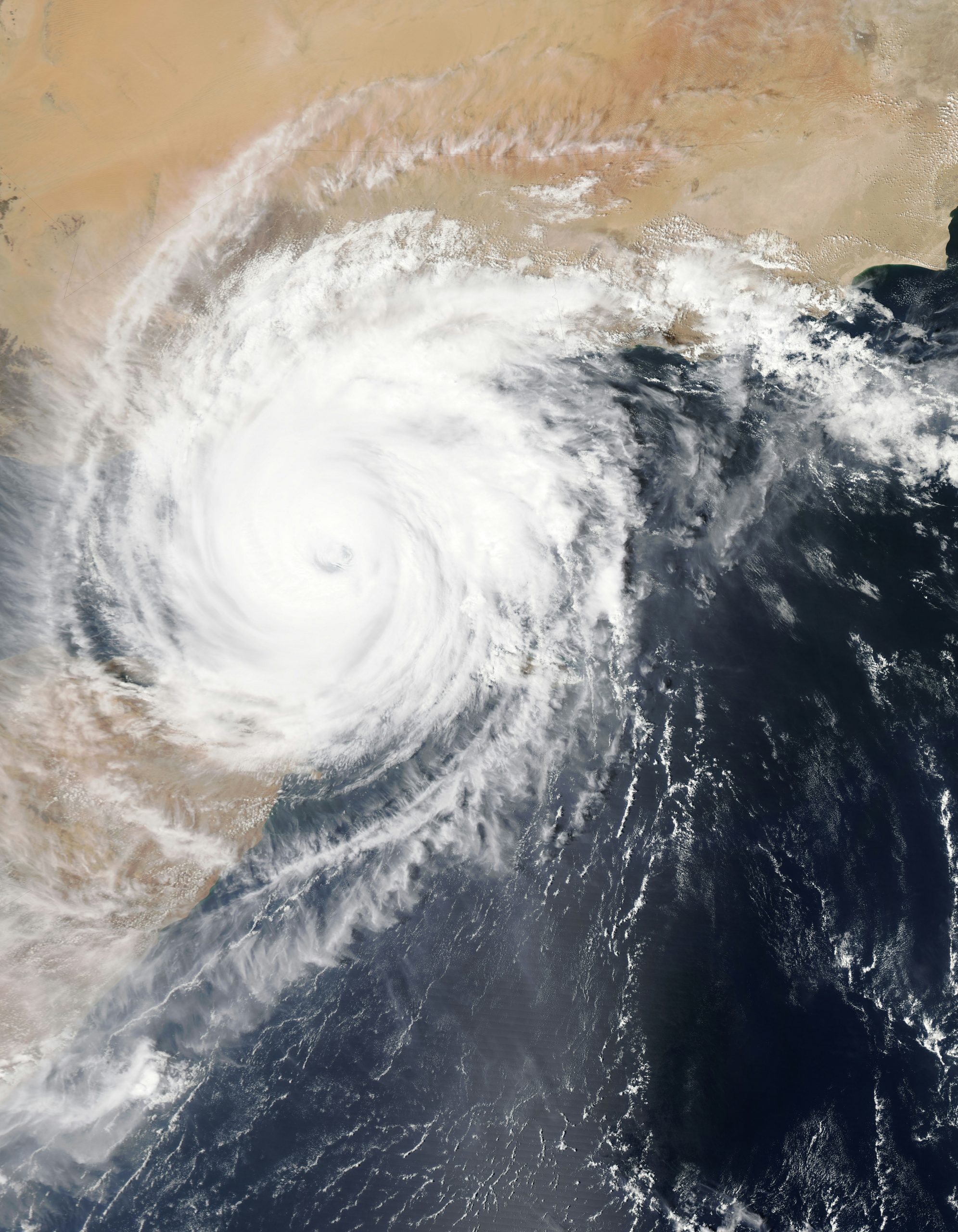
As of October 11, Hurricane Milton has left in its wake more than twenty-four deaths, and millions of displaced people. This hurricane, which came only two weeks after Hurricane Helene, started in the Gulf of Mexico, and lightly hit Yucatan, before moving towards Florida. The hurricane reached a Category 5, which is the highest hurricane wind category on the Saffir-Simpson scale. The higher the category, the more the winds are rapid and violent. It includes in its calculation sea surface temperatures. This came as a surprise, as it was expected to only reach a Category 3.
Canada’s Contribution to the Hurricane
The quick intensification of the hurricane, experts believe, is most likely due to climate change. Indeed, since bodies of water partly absorb greenhouse gas emissions, recent trends of high emissions, to which Canada is a large contributor, have been leading to record-high temperatures in these waters. This increase in warmth has thus been resulting in higher levels of seawater evaporation. Once at the sea’s surface, condensation turns gas molecules into clouds, which results in a release of heat. This source of energy has the potential to feed hurricanes, intensifying their speeds, as was the case of both Hurricane Helene and Hurricane Milton.
While Canada has seen its share of climate disasters on its own soil, such as forest fires in the West and flooding in the Maritimes, Canada is also partly to blame for the intensification of the storm in the South. Indeed, it is one of the highest contributors in fossil fuel emissions in the world. At the UN Climate Ambition Summit last year, Canada was critiqued for not having cut enough emissions since the 2015 Paris Agreement. In fact, while the Canadian economy relies on the gas industry, the government has an obligation under the agreement to reduce its environmental footprint, which it has not fully implemented.
While the carbon tax incentivises companies to reduce greenhouse gas emissions by assigning a price to carbon, reports show that “[by] 2030, when the price hits $170 per tonne, the reduction in emissions is expected to rise to 78 million tonnes, or 12 per cent below what emissions would be without carbon pricing.” In other words, while the carbon tax has reduced the gas industry’s environmental footprint, it is still a far cry from the goal of reducing greenhouse gas emissions by forty to forty-five per cent compared to 2005 levels before 2030.
Hurricane Milton’s Intensification
In the case of Hurricane Milton, the storm drew energy from the Gulf of Mexico, which is most likely what caused it to reach a Category 5. If it hadn’t been for the high levels of greenhouse gas emissions recorded all around the world, Hurricane Milton would not have gained as much speed as it did. Millions of people were evacuated, thousands lost their homes, and more than twenty-four were killed, because of the rise of sea temperatures.
While this is not the first instance of climate change directly affecting people’s lives, its implications remain striking: it is not a problem for future generations, as its impacts are already felt in the present. In Canada, hurricanes might seem like a distant problem, one pertaining to Mexico and the United States. However, natural disasters do not respect state borders; they are issues that require global attention. More importantly, since greenhouse gas emissions in one part of the world contribute to a worsening of the climate everywhere, accountability must be directed toward the highest contributors of said emissions.
Sources of Greenhouse Gas Emissions in Canada
Canada’s high contribution to emissions is in big part due to the large oil and gas industry. Indeed, oil extractions are highly detrimental to the climate since they require large amounts of water and use a lot of energy, which emits different gases, most importantly greenhouse gases. In Western provinces, notably in Alberta and British Columbia, oil extraction is a main source of profit. As such, many have voiced their opposition to the carbon tax, Alberta Premier Danielle Smith being one of them: on November 4th, she voiced her resistance to the new federal drafts detailing emission regulations on oil, threatening to pursue legal action against the state. Conservative Opposition leader Pierre Poilievre has also expressed discontent with the carbon tax, which he may seek to repeal if he becomes Prime Minister after next year’s election.
It is important to note that these Western provinces send a substantial portion of the oil production to the United States, highlighting the true interconnectivity which exists between both states. These dynamics make it even harder to draw a line on who is to blame when it comes to climate change and climate disasters. These transcend national borders, and thereby call for a genuine collective effort from all parties involved. Any state that prioritizes its economic growth over climate commitments risks increasing climate-related casualties globally.
Hence, while Canada is not the only country contributing to greenhouse gas emissions, it remains one of the highest contributors per capita. If Canada fails to view Hurricane Milton–or its own recurring and deadly forest fires–as a wake-up call, more powerful “natural” disasters will likely continue to set new records.
Edited by Catriona Hayes Morris
The opinions expressed in this article are solely those of the author and they do not reflect the position of the McGill Journal of Political Science or the Political Science Students’ Association.
Featured image by NASA
